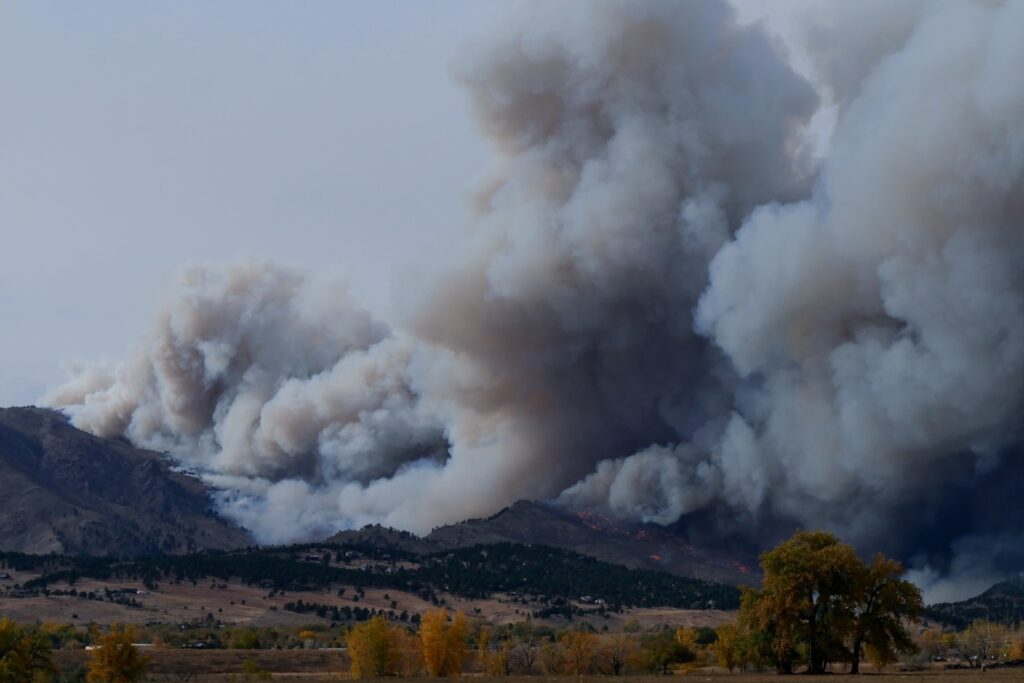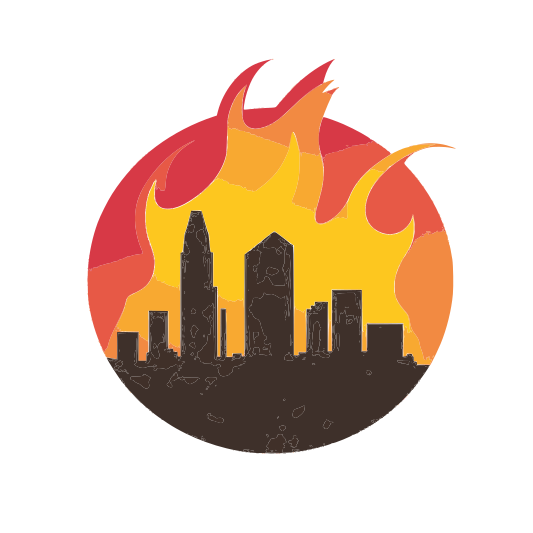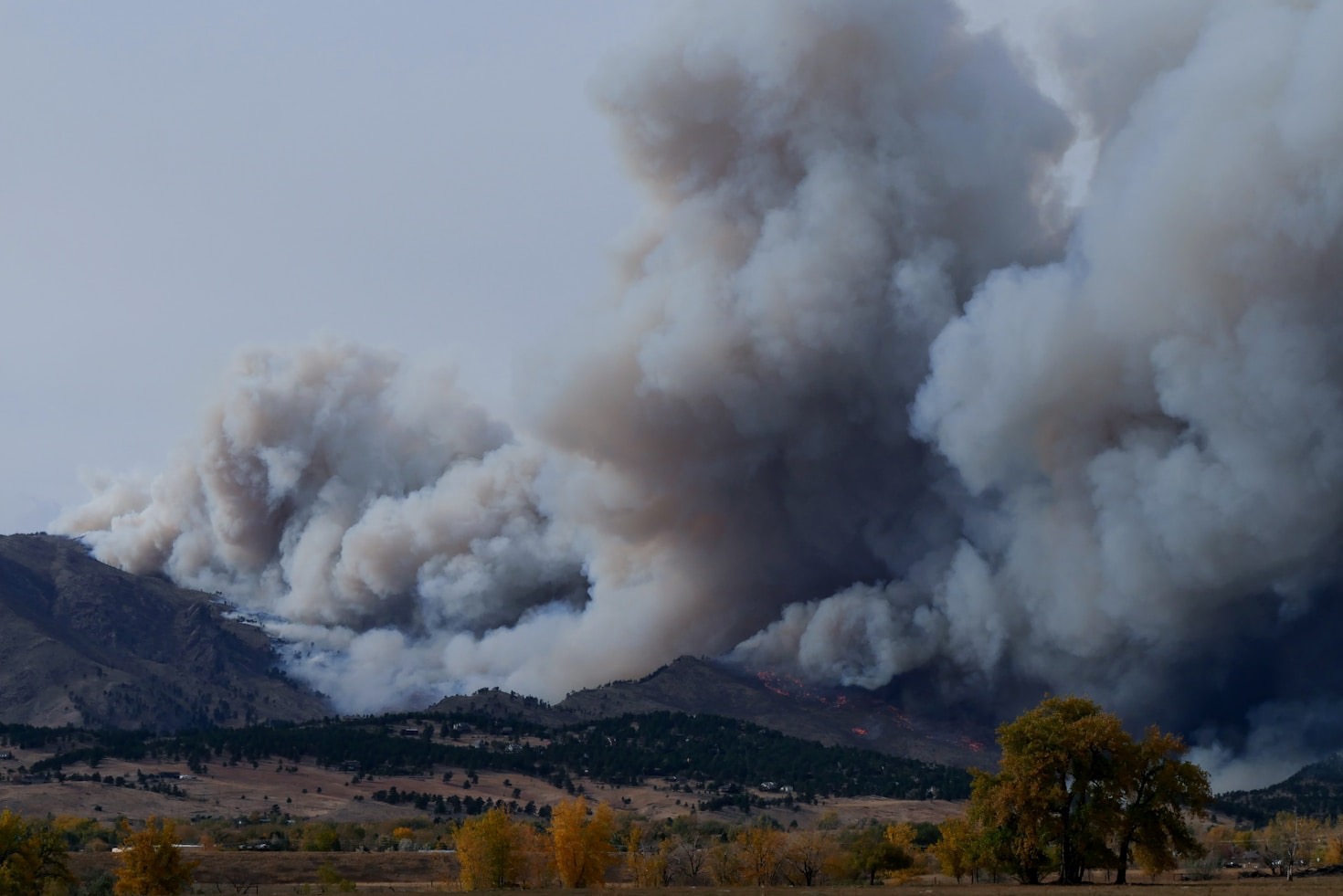As wildfires become more frequent and intense, urban planning plays a critical role in reducing risk and ensuring community resilience. Thoughtful development strategies can help mitigate wildfire impacts while fostering safer, more sustainable cities.

Strategic Land Use Planning
Urban planning should prioritize development in low-risk areas while limiting expansion into Very High Fire Hazard Severity Zones (VHFHSZ). Zoning regulations can help steer growth away from fire-prone landscapes and encourage clustered development that minimizes exposure to wildfire threats.
Fire-Resilient Infrastructure
Incorporating fire-resistant building materials, underground utilities, and defensible space requirements into urban planning can significantly reduce the likelihood of structural damage during wildfires. Mandating ember-resistant roofs, non-combustible fencing, and well-maintained greenbelts can further enhance fire resilience.
Evacuation and Emergency Access
Efficient transportation planning is essential for ensuring safe and swift evacuations during wildfire emergencies. Urban planners must design road networks with multiple evacuation routes, clear signage, and emergency vehicle access to prevent congestion and improve response times.
Furthermore, public transit should be leveraged for mass evacuations to reduce gridlock and provide transportation for non-car owning individuals.
Greenbelt and Firebreak Integration
Preserving natural buffers such as greenbelts, parks, and firebreaks within city layouts can help slow wildfire spread and protect urban areas. These spaces serve as barriers that reduce fire intensity and provide valuable recreational and ecological benefits.
Community Engagement
Urban planning efforts must include community planning group input and collaboration as well as fire officials, emergency responders, and policymakers. The flip side of this, is the communication to the community via public education campaigns on wildfire preparedness, hazard mapping, and risk assessment tools can empower residents to take proactive safety measures.
By integrating wildfire risk reduction into urban planning, San Diego can enhance resilience, safety, and sustainability in the face of increasing fire threats. Thoughtful land use, fire-resistant infrastructure, improved evacuation strategies, and community engagement are essential components of a comprehensive wildfire mitigation plan.

